Using Mixed Reality to open newer avenues in training environments for the defence personnel:
Using Mixed Reality for situational orientation of Defence Personnel.
Familiarization through a simulated battlefield which helps in formulating strategies.
Acclimitization to combat scenarios to increase the training efficacy.
Reinforcement of concpets in an immersive environment to ingrain resource optimization.
In order to bolster the Defence training regime, EDIIIE seized the opportunity of doing a technology makeover for India’s largest research agency. The agency formulates and executes strategies for research, design, and development that are relevant to national security, leading to the induction of new equipment and platforms required by the Armed forces. Additionally, it is responsible for developing technologies across disciplines like Aeronautics, naval systems, combat engineering, electronics, armaments, and life sciences.


In an endeavor to level up with countries like the USA, when it comes to imparting Defence training, the agency approached EDIIIE to formulate a simulation training program for its soldiers. The ask was to design a Mixed reality powered search and shoot scenario, prepared under varying degrees of complexity, that enhances the decision making abilities and the cognitive performance of the trainees.
Taking military training up a notch
Increasing situational awareness
Battlefield recreation
Performance Analysis

The client consistently stressed upon designing the simulation experience in a manner that added complexity and nuances to the task, thereby enabling the trainees to maximize the practical learnings. Additionally, the following are the details of the challenging brief received from the client:
Intricate details to be added to the zone/ environment where the task would be carried out.
The task should enable a sufficient amount of navigation/ travel in the zone.
The total number of enemies to be limited to 20, proportionally distributed across the zone of activity.
Enemy behavior, participant health, Dummy weapon design & number of bullets and behavioral output reports.
In order to bolster the Defence training regime, EDIIIE seized the opportunity of doing a technology makeover for India’s largest research agency. The agency formulates and executes strategies for research, design, and development that are relevant to national security, leading to the induction of new equipment and platforms required by the Armed forces. Additionally, it is responsible for developing technologies across disciplines like Aeronautics, naval systems, combat engineering, electronics, armaments, and life sciences.

Configured using the Microsoft Hololens System, the task began with a welcome screen asking the participant to fill out his/her demographic details and consent to undertake the task. Furthermore, the subjects underwent an acclimatization process that helped them get familiar with the controls and the objectives of the mission. The application was designed in such a manner that the open space or rooms were captured and utilized in real-time. Also, keeping up with the brief, a narrative was created where an army base camp, consisting of three headquarters, had been taken over by terrorists. The objective was to recapture the headquarters after killing the terrorists within a given time. The bases were spatially mapped in three different rooms. The participants scanned the room using Hololens and physically went from room to room, where virtually created terrorists were present in real-time.
The participants recaptured a particular headquarter by killing all the terrorists in one room. The Hololens has a trigger function, which was connected to a 3-D model of a gun, using an inbuilt Bluetooth module. The soldiers set targets on the terrorists through the Hololens but fired at them using the model gun. This enabled trainees to get a hands-on experience of physically holding the weapon while completing the task.
 Detail Orientation and Performance Analysis
Detail Orientation and Performance Analysis
To increase the complexity, the participant’s health was limited, and so were the number of bullets. A guarding area was designed around the terrorists, that enabled them to backfire, every time a soldier came within their vicinity. Actions and reactions of the virtual terrorists were designed in a manner that made it seem no less than an actual combat situation.
At the end of the task, irrespective of what the outcome was, a feedback report is generated capturing insights like the number of bullets fired, number of enemies killed, number of attempts utilized by the trainee, accuracy level, health index and the total time taken to complete the task.
The final OutcomeThe Mixed Reality based task was designed to kickstart an initial testing phase for the adoption of Simulation technologies in the combat training programs. The exercise enabled the agency to formulate a long term training module, one that can be utilized in the years to come. The report generation feature of the module has not only helped the agency in monitoring how the soldiers are responding and performing but also in shortlisting the best performers for crucial missions. The entire process took close to a month and a half for designing and development.
And in turn we revolutionize technology and ideas for them